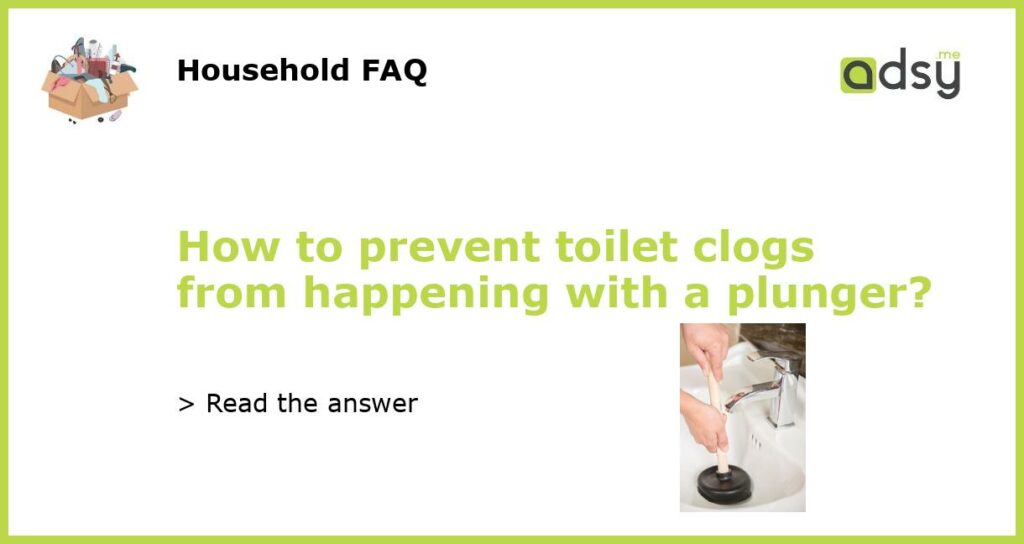Understanding the basics of plunging
Plunging is one of the easiest and most effective methods of unclogging a toilet. However, the technique can be challenging and may not always work if not done correctly. When plunging a toilet, the idea is to create suction that will help to dislodge whatever is causing the clog. The key to effective plunging is to create a tight seal around the toilet bowl’s drain opening. This is achieved by using a plunger that has a flange or bell-shaped extension on its end.
The right way to use a plunger
It’s important to have the right plunger that can make plunging effective. A standard plunger typically has a dome-shaped rubber cup with a flat rim that sits on top of the water in the bowl. The cup is flexible, which makes it easy to push it in and out of the drain opening. If you’re using a plunger for the first time, we recommend investing in a flange plunger that has an extra rubber lip that extends from the cup’s base.
When using a plunger, it’s essential to ensure that the water level in the bowl is high enough to cover the plunger’s cup. Once you have created the right water level, place the plunger cup around the drain opening, making sure that it creates a tight seal. Next, press down on the plunger slowly to force the air out of the cup. Then, pull the plunger back up quickly, creating suction. Continue plunging until the clog clears.
Common plunger mistakes to avoid
When it comes to plunging, there are a few common mistakes that people make, which can lead to ineffective plunging. Firstly, failing to create a tight seal around the drain opening is a common mistake that can impact the suction created. Secondly, pulling the plunger up too slowly or forcefully can break the seal, reducing the suction created between the cup and the drain opening. Lastly, failing to create a vacuum that can dislodge the clog is another mistake that can make the plunging process unsuccessful.
When to call a plumber
If plunging doesn’t work, there may be a more significant plumbing issue that requires professional attention. In such a case, you will want to enlist the services of a qualified plumber to diagnose and fix the problem. They have specialized tools and equipment that can quickly diagnose the issue and offer the best solutions. They will also advise you on how to prevent similar problems from happening in the future, such as cleaning your pipes and avoiding flushing harmful materials down the drain.
Tips for preventing toilet clogs from happening
Preventing toilet clogs is much easier than fixing them. One of the easiest ways of preventing toilet clogs is by being careful about what goes down your toilet. Avoid flushing any materials that are not biodegradable, such as wet wipes, cotton buds, feminine hygiene products and dental floss. You can also install a mesh screen over the drain opening to catch any hair or solid particles. Lastly, ensure that your plumbing is regularly cleaned and maintained by a qualified plumber to avoid any clogging issues that may arise due to build-up over time.






